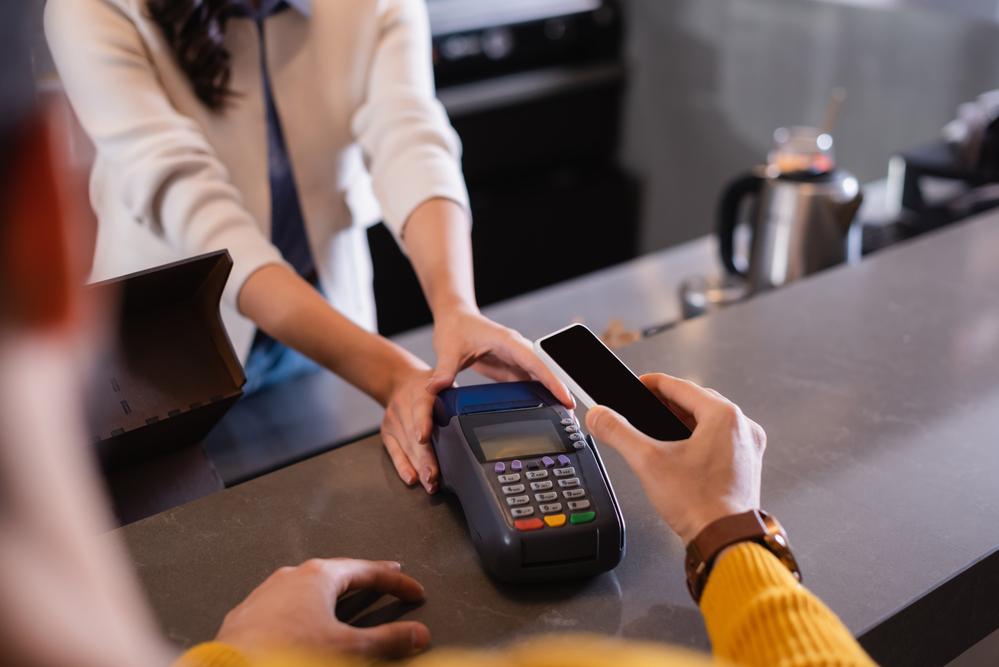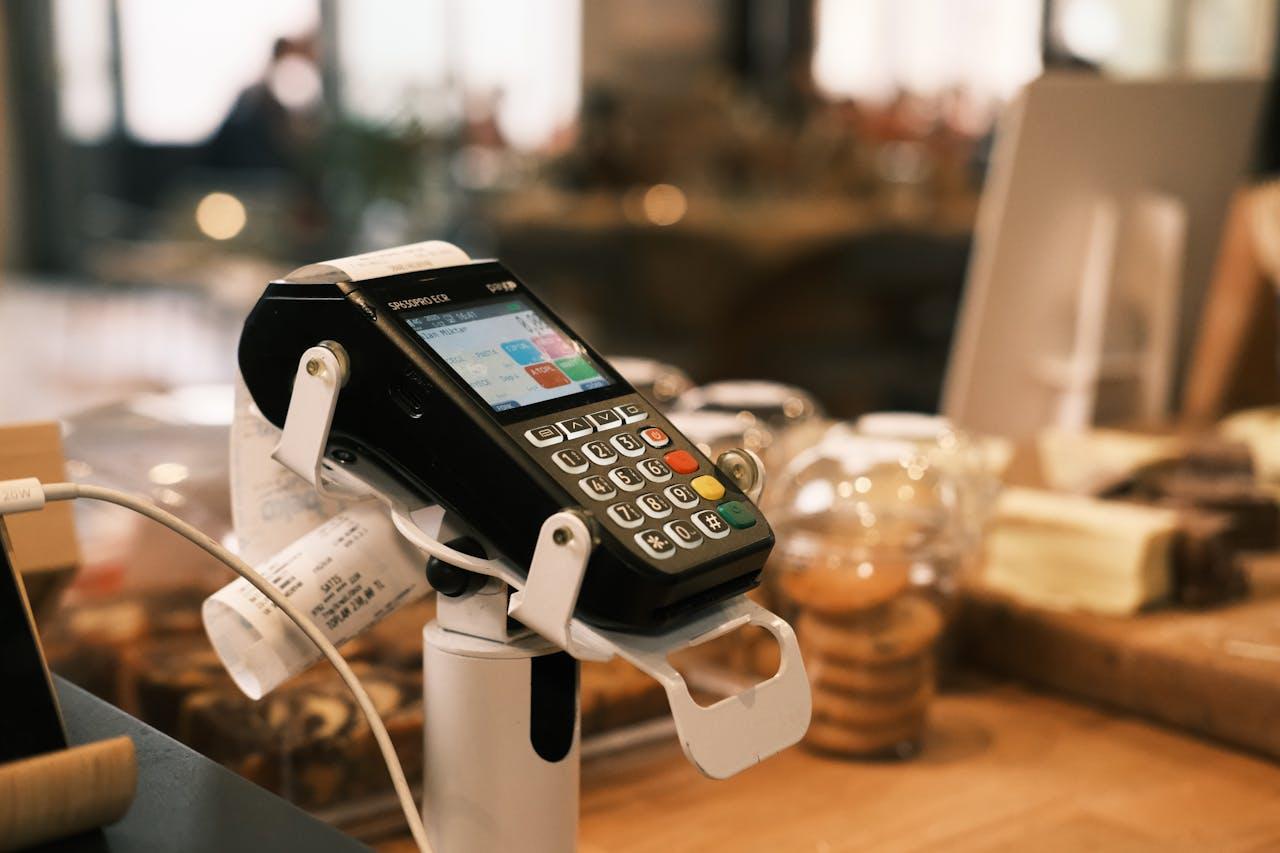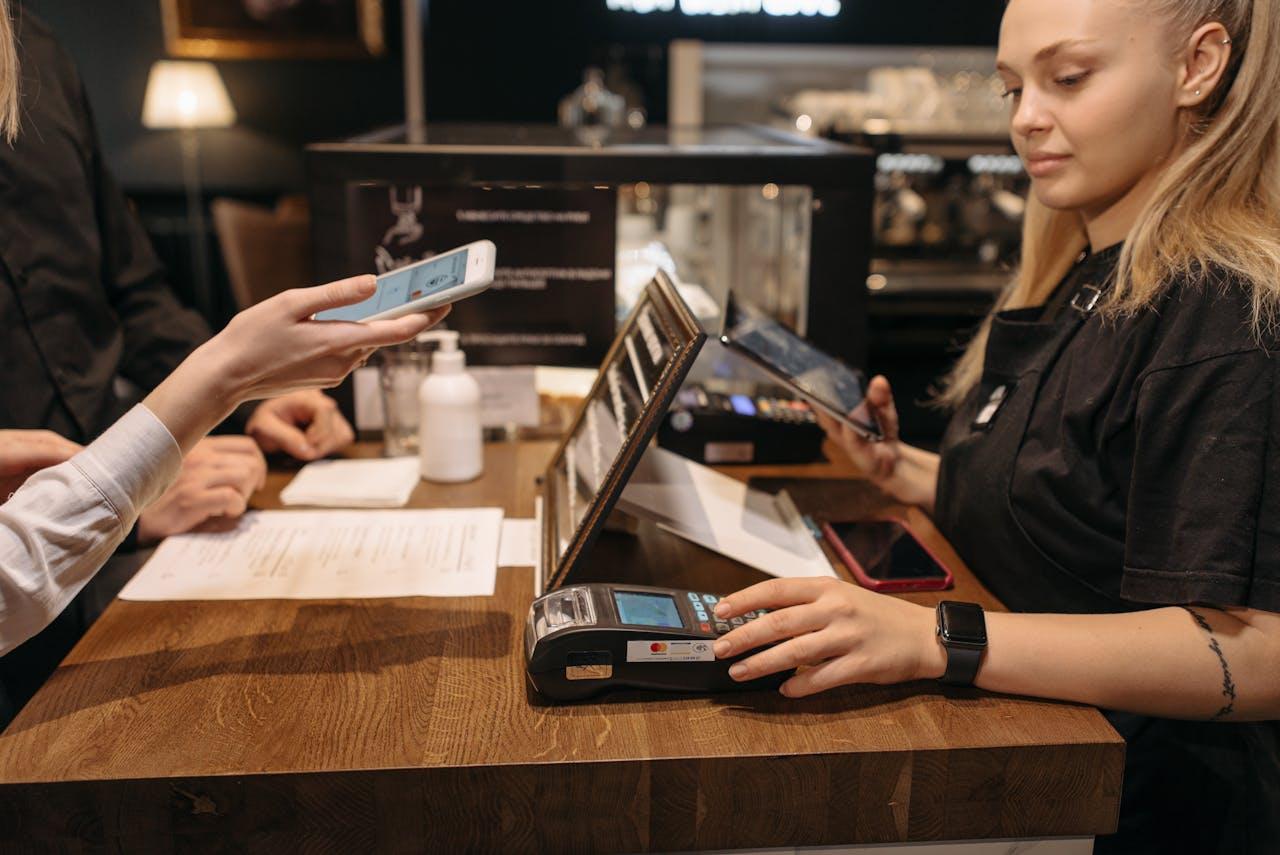How Payment Terminal Services Boost Business Efficiency

Running a business is no walk in the park. Between keeping customers happy, making sure staff are on point, and watching every cent that comes in or out, there’s barely time to breathe — let alone deal with outdated tech. And yet, a lot of businesses still rely on payment terminals that belong in another decade.
Upgrading your payments terminal might not sound like a big deal. But it can completely change how your day flows. We’re not just talking about tapping cards instead of swiping; we’re talking about less time fixing errors, fewer end-of-day headaches, and more time doing what you actually opened your business to do.
Let’s break down how the right terminal can seriously take the weight off your shoulders.
Checkouts Shouldn’t Slow You Down
You know that awkward moment when the customer’s card “doesn’t go through” even though there’s money in the account? Or when your terminal takes just long enough to load that people behind the counter start tapping their fingers?
That lag adds up — in lost time, lost sales, and frankly, lost patience.
New terminals make checkout quick and painless. Tap, beep, done. You don’t need to print a receipt unless someone asks. They work with phones, watches, cards, whatever your customer prefers. And during busy hours? That extra speed makes a huge difference. A line that would’ve taken 10 minutes clears in half the time.

Think of it like this: faster checkouts mean more sales in less time. That’s just good math.
No More End-of-Day Number Crunching
Back in the day, businesses had to close out the till, tally sales by hand, and hope nothing got missed. Today? That’s not necessary — and honestly, it’s not efficient either.
Modern payment terminals track every sale the moment it happens. You don’t need to write things down or punch numbers into a spreadsheet later. Your reports are ready when you are. You can see what’s sold, when it’s sold, and even which staff member made the sale.
Say you run a small shop and notice coffee mugs sell fast around lunch. With the right system, that insight sticks. You know when to restock, when to offer a deal, and when to have someone nearby to suggest it. It’s small, but it turns guesswork into smart timing.
Inventory that Sorts Itself
One of the most annoying things in retail? Realizing you're out of something right when a customer asks for it. It happens all the time when sales and stock aren’t synced.
When your terminal talks to your inventory system, those headaches stop. The second you sell an item, the count updates automatically. Some systems even warn you when stock gets low — so you can restock before it’s too late.
Imagine you run a little clothing boutique. A customer buys the last size medium in that best-selling hoodie. Your system updates the stock, you get a heads-up, and before the week’s out, you’ve ordered more. Simple. No double-checking, no missed sales, no surprises.
Staff Get it Right — The First Time
You shouldn’t need to be a tech wizard to use a payments terminal. And your staff definitely shouldn’t need 3 days of training just to take a payment.
Newer terminals are built to be dead simple. Big buttons, clear menus, and layouts that make sense. A new hire can usually figure it out in under 10 minutes — even if they’re not “good with technology.”
Let’s say you own a salon. Your new receptionist starts on Monday. By Tuesday, she’s handling the checkout on her own — no hand-holding, no fear of breaking the machine. That means less stress for her, and less time you or someone else has to spend walking her through it.
A Better Experience for the People Who Pay You
People remember how your business makes them feel, and checkout is part of that experience. If it’s smooth and easy, great. If it’s slow, clunky, or confusing, that’s the last thing they’ll think about when they leave.
Smart virtual payment terminals let people pay how they want. Tap their phone, swipe a card, scan a QR — whatever works. Some even let them tip without that awkward moment of asking, or send receipts by text or email instead of printing them out.
Let’s say you run a mobile coffee cart. A customer orders, taps their phone, and gets a receipt sent to their inbox. It takes 5 seconds. No awkward fumbling, no “hang on, let me find change.” You’re onto the next customer, and they’re already sipping their latte.

Small touches like that make a big difference and bring customers back.
Safer Payments, Less Worry
Security isn’t just for banks. When you're dealing with customer payments, you’ve got to get it right. The good news? Modern terminals are built to keep you covered.
The better ones follow industry-standard rules (called PCI-DSS) that keep card data safe. They encrypt everything. They don’t store sensitive info. And they often let you limit what staff can access — so only the right people can issue refunds or pull reports.
Picture a local repair business that used to take card details over the phone. A few chargebacks and unhappy customers later, they switched to a proper terminal. Now payments are processed safely, records are clear, and disputes are nearly gone.
It’s one less thing to worry about, and that peace of mind is worth it.
Final Thoughts
Let’s be real for a second, running a business is a grind. You wake up thinking about the to-do list and go to sleep still ticking things off in your head. There’s always someone who needs something, a shift to cover, stock that didn’t come in, a machine that glitches right when you need it most. You keep it all moving, somehow, but it’s exhausting.
So when the little things, like your payment terminal, start getting in the way instead of helping? It’s frustrating. You don’t have time to restart machines, explain to customers why the card won’t go through, or dig through end-of-day numbers just to figure out what you sold. That stuff chips away at you. It adds up.
That’s why having virtual payment terminals that just work matters more than people think. A solid, no-fuss terminal doesn’t just speed things up, it takes the weight off your shoulders. It lets your team breathe a little easier. It gives your customers a smoother experience. And it gives you back time — real time — to focus on what actually moves the needle in your business.
If the one you’ve got now makes your day harder, it might be time to let it go. Not because new tech is trendy or flashy. But because your time, energy, and sanity are worth more than the price of putting up with old, slow gear.
You’ve already got enough to deal with. This part doesn’t have to be hard. And when it’s not? Everything else gets just a little bit easier.
That’s not a luxury. That’s just good sense.
Frequently Asked Questions (FAQs)
1. Do I really need a modern payment terminal if I already take cards?
Maybe. If your terminal is slow or doesn’t take tap or phone payments, it’s time. Newer models do more than process cards. They link with your stock, receipts, and daily reports. That saves time and cuts manual work.
2. What’s the difference between a payment terminal and a POS system?
A POS system manages your whole checkout. It tracks sales, stock, and staff. A payments terminal just handles the card swipe or tap. These days, smart terminals often do both. Some even work for phone or online payments. The line between them is getting thinner.
3. Is switching to a new terminal hard on my team?
Not really. Most modern virtual payment terminals are easy to use. If your current one feels clunky, the upgrade will be a relief. Staff can often learn it in minutes. Many providers offer quick guides and short how-to videos. Training time is minimal.
4. How secure are these terminals, really?
Very secure, as long as you choose a reliable provider. Most are PCI-compliant and use encrypted tech. That means your customer’s data is protected. You can also set staff permissions, so access stays limited. It’s safer than handling cash or writing things down.
5. What kind of businesses benefit most from upgraded terminals?
Any business that takes payments. Cafes, salons, retail shops, food trucks — you name it. If you want faster checkouts or better sales tracking, it helps. Small businesses often see the biggest change. Every second counts when you’re on your feet all day.
- Information Technology
- Office Equipment and Supplies
- Cars and Trucks
- Persons
- Books and Authors
- Tutorials
- Art
- Causes
- Crafts
- Dance
- Drinks
- Film
- Fitness
- Food
- Games
- Gardening
- Health
- Home
- Literature
- Music
- Networking
- Other
- Party
- Religion
- Shopping
- Sports
- Theater
- Wellness



